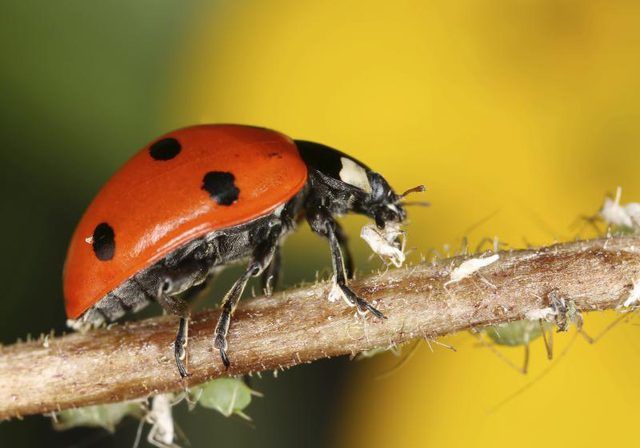Bulbs
Flower Basics
Flower Beds & Specialty Gardens
Flower Garden
Garden Furniture
Garden Gnomes
Garden Seeds
Garden Sheds
Garden Statues
Garden Tools & Supplies
Gardening Basics
Green & Organic
Groundcovers & Vines
Growing Annuals
Growing Basil
Growing Beans
Growing Berries
Growing Blueberries
Growing Cactus
Growing Corn
Growing Cotton
Growing Edibles
Growing Flowers
Growing Garlic
Growing Grapes
Growing Grass
Growing Herbs
Growing Jasmine
Growing Mint
Growing Mushrooms
Orchids
Growing Peanuts
Growing Perennials
Growing Plants
Growing Rosemary
Growing Roses
Growing Strawberries
Growing Sunflowers
Growing Thyme
Growing Tomatoes
Growing Tulips
Growing Vegetables
Herb Basics
Herb Garden
Indoor Growing
Landscaping Basics
Landscaping Patios
Landscaping Plants
Landscaping Shrubs
Landscaping Trees
Landscaping Walks & Pathways
Lawn Basics
Lawn Maintenance
Lawn Mowers
Lawn Ornaments
Lawn Planting
Lawn Tools
Outdoor Growing
Overall Landscape Planning
Pests, Weeds & Problems
Plant Basics
Rock Garden
Rose Garden
Shrubs
Soil
Specialty Gardens
Trees
Vegetable Garden
Yard Maintenance
What Is Eating My Impatiens?
What Is Eating My Impatiens?. Discovering what's eating your impatiens (Impatiens walleriana) leaves is not always obvious, but when you get a positive bug identification, you can start a treatment plan. Impatiens resist major pest infestations but occasionally slugs and black vine weevils chew on the leaves. Aphids, thrips and other sap-sucking...
Discovering what's eating your impatiens (Impatiens walleriana) leaves is not always obvious, but when you get a positive bug identification, you can start a treatment plan. Impatiens resist major pest infestations but occasionally slugs and black vine weevils chew on the leaves. Aphids, thrips and other sap-sucking insects also affect impatiens sucking juice from inside the leaves. Impatiens grow as perennials U.S. Department of Agriculture plant hardiness zones 10 through 11, but can be treated as annuals and grow in most areas.
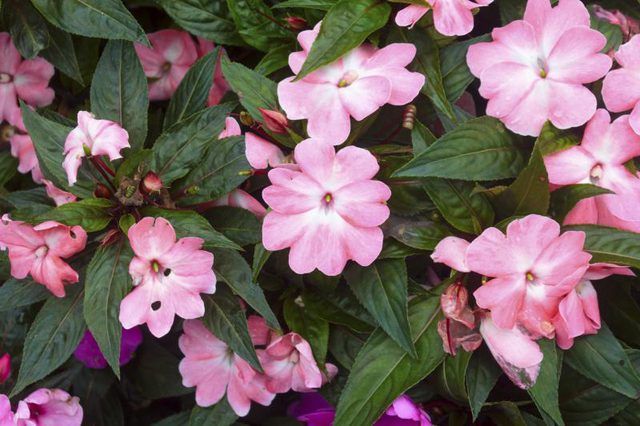
Whenever you see large holes in impatiens leaves, you are likely dealing with a slug problem. Slugs move slowly, making them easy to catch, but you have to find them first. They hide during the heat of the day, under leaves or on the ground and come out at night. Hunt them at night with a flashlight. Pick off any you find and drop them into a bucket of water with a capful of dish soap. The soap kills the slugs, making them easier to get rid of. The other alternative is squishing which is an unpleasant task. Wear gloves while picking the slugs off, if it makes you feel better.
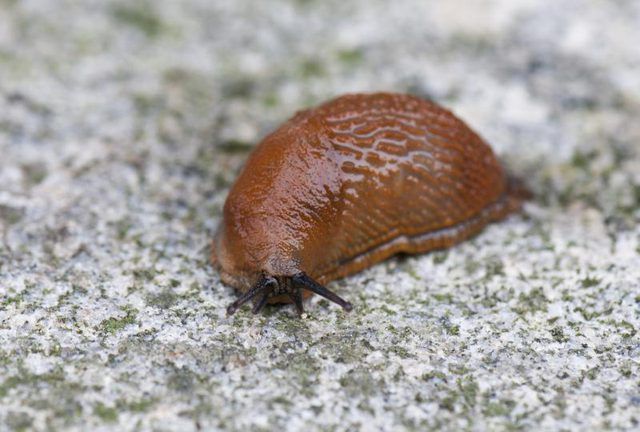
When you find holes in impatiens leaves that look jagged and slugs aren't to blame, look for 1/4- to 1/2-inch-long black beetlelike insects. Black vine weevils will eat impatiens leaves and the flowers. Catching these pests requires a nighttime trip to the garden with a flashlight. Crush any you find. Also keep an eye out for the white wormlike larvae on the leaves.
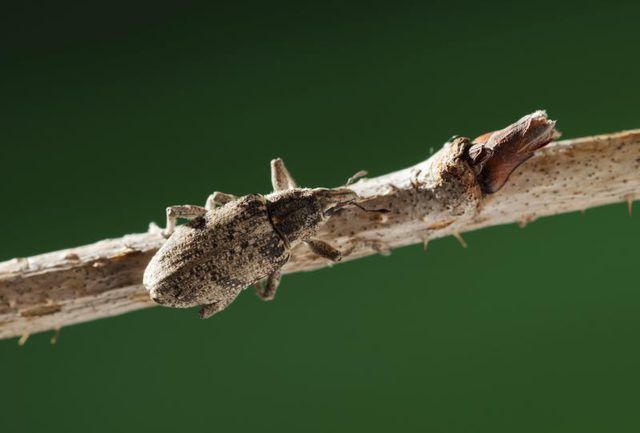
Cucumber beetles leave small round holes in impatiens flowers. Look for yellow beetles covered with black spots or stripes feeding on the flowers. While pesticides aren't an option for this beetle, you can pick them off by hand. Allowing a few hungry garden spiders to live near your impatiens can also helps keep cucumber beetles from feasting on your flowers.
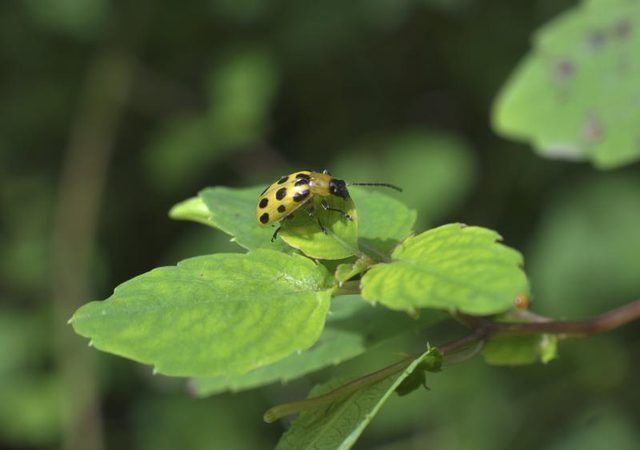
While aphids don't chew holes in impatiens leaves, they do suck sap, essentially eating the juicy insides of the leaves and sometimes the flowers. Look for tiny black, brown, green or white insects in clusters. Yellowing leaves or black sooty mold on the leaves also point to an aphid infestation. Use a ready-to-use insecticidal soap spray on each infested leaf or plant part. Spray the area directly until it is saturated but avoid getting it dripping wet. Reapply once a week until the aphids are gone.
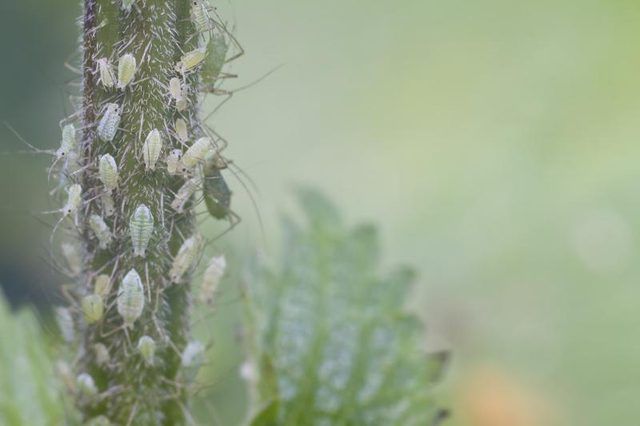
Thrips and whiteflies damage impatiens. Like aphids, these insects suck sap from the leaves as they feed. Whiteflies are tiny winged insects, while thrips are small black, clear or white insects. Control is difficult with both these pests, as most insecticides don't kill them. Natural predators usually keep these bugs in check outdoors. In a greenhouse or indoors, you may need to introduce natural predators, like ladybugs, to keep things under control. Ladybugs also eat aphids and other sap-sucking insects. Gardeners can also dislodge the pests in their early stage of development by using a strong blast of water or use a hand-held vacuum and vacuum the pests from infected plants. Spraying the entire foliage with a ready-to-use insecticidal soap spray will reduce the population but won't entirely eliminate it. Use the product as you would with aphids.
